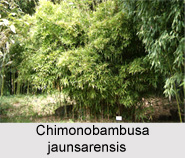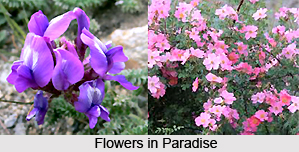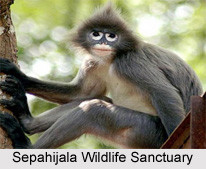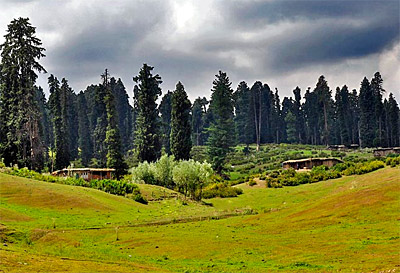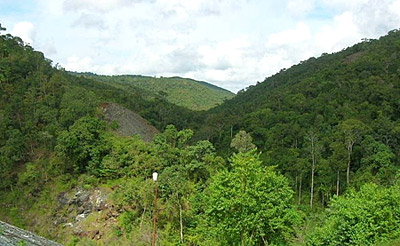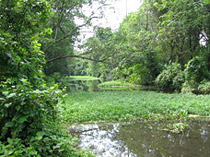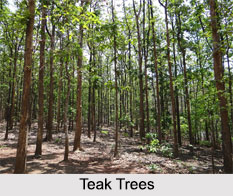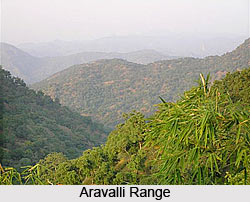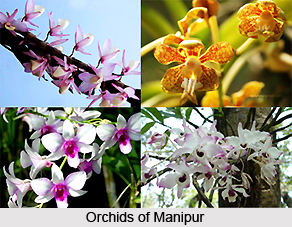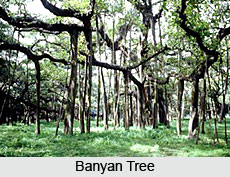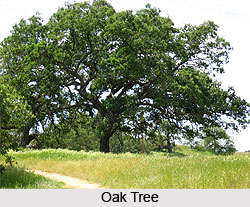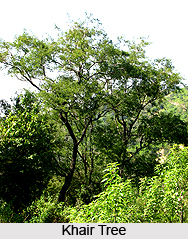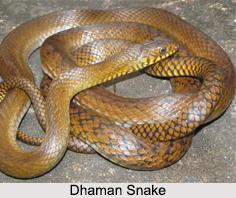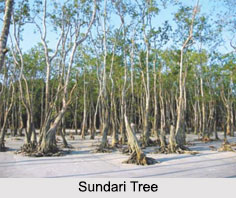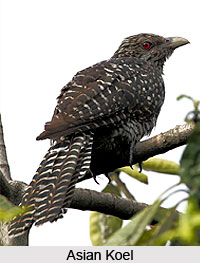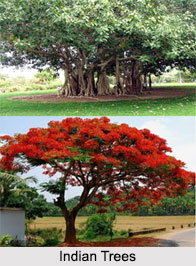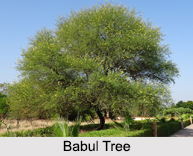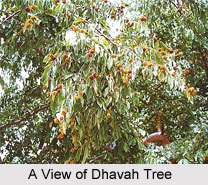 Dhavah is an important medicinal plant of India. It is also famous as button tree. This plant is commonly found in moist and dry deciduous forests of the sub-Himalayan territory and hill forests throughout India to an elevation of 1200 m. However, this medicinal plant is not available in Assam. The botanical name of Dhavah plant is Anogeissus. Commonly this plant is known as Chakwa in Bengali, in English it is known as Ghatti Tree; Dabria in Gujarati, Bakla in Hindi, Dindala in Kannada, Dindal in Konkani; Malakanniram in Malayalam, Dabria in Marathi, Dhobu in Oriya, Dhava in Sanskrit, and in Urdu it is famous as Bakla.
Dhavah is an important medicinal plant of India. It is also famous as button tree. This plant is commonly found in moist and dry deciduous forests of the sub-Himalayan territory and hill forests throughout India to an elevation of 1200 m. However, this medicinal plant is not available in Assam. The botanical name of Dhavah plant is Anogeissus. Commonly this plant is known as Chakwa in Bengali, in English it is known as Ghatti Tree; Dabria in Gujarati, Bakla in Hindi, Dindala in Kannada, Dindal in Konkani; Malakanniram in Malayalam, Dabria in Marathi, Dhobu in Oriya, Dhava in Sanskrit, and in Urdu it is famous as Bakla.
Physical Characteristics of Dhavah
Dhavah medicinal plant is a small and a large deciduous tree, up to 33 m tall, with a deeply fluted stem base. The barks of this plant are pale yellowish or pinkish-brown in colour, spotted with paler greenish or greenish-yellow depressions with thin rounded flakes. Leaves are alternate, vary from 6.3-10 cm in length and 3-5 cm wide, elliptic-oblong or elliptic-ovate in shape and is rounded to the base. The flowers are minute, greenish-yellow coloured, solitary, pubescent and axillary peduncles. Fruits of this medicinal plant are yellowish-brown or reddish-brown with 1 cm in length. These are shining, beaked, winged and 1-seeded fruit.
Medicinal Uses of Dhavah
Dhavah plant is important for its medicinal uses. This plant is used to prepare several medicines. In Ayurveda, the bitter, astringent bark is used to treat polyuria, anaemia, piles, leprosy, and is particularly useful for treating chronic diarrhea. In some parts of India, people use a paste of the stem bark externally for the treatment of body swellings, whereas in some other parts of India a dilute paste of the bark is used externally for the treatment of thoracic pain. In several regions, a decoction of the bark is used to treat skin diseases and the latex from the cut bark for treating skin ulcers.
Dhavah plant is useful for several other treatments. The juice from the stem bark is used to treat cough and asthma, and a paste of the dried, powdered stem with water is applied to the forehead to relieve headache. The opaque white gum exuded from the cut bark, known commercially as Indian gum, is administered as a tonic to women after childbirth. It is also used for the treatment of leucorrhoea, on mixing with water and used as a substitute for gum arabic in various pharmaceutical preparations.
Other Uses of Dhavah
Apart from its medicinal properties, this medicinal tree, Dhavah, is highly valued for its timber, which is considered as a good substitute for teak and sal, used for a variety of purposes. The gum of this plant is used as an emulsifier, stabilizer and thickener in calico printing, ceramics, foods (particularly confectionery) and pharmaceuticals. The dried young leaves and twigs are popular as tanning agent.
